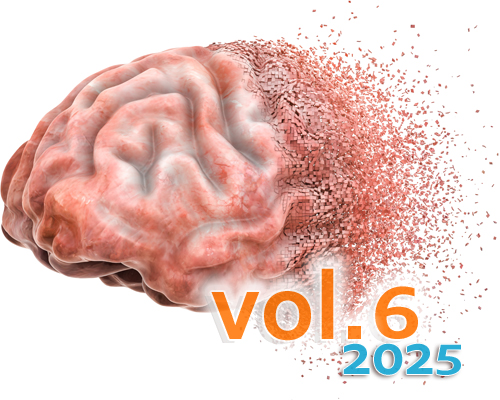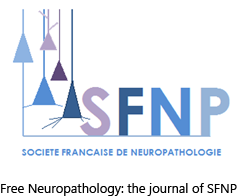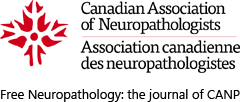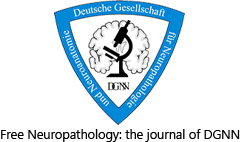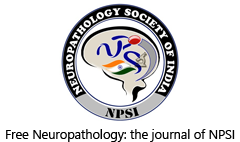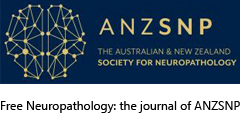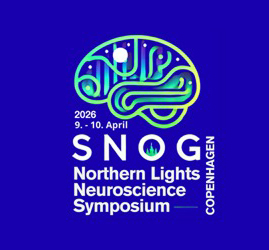Mechanical perfusion in brain banking: methods of assessment and relationship to the postmortem interval
DOI:
https://doi.org/10.17879/freeneuropathology-2025-8880Keywords:
Brain banking, Mechanical perfusion, Perfusion fixation, Preservation quality, No-reflow phenomenonAbstract
The mechanical perfusion of solutions through the cerebrovascular system is critical for several types of postmortem research. However, achieving consistently high-quality perfusion in this setting is challenging. Several previous studies have reported that longer postmortem intervals are associated with decreased perfusion quality, but the mechanisms and temporal progression of perfusion impairment are poorly understood. In this study, we describe our experience in developing a protocol for in situ perfusion of the postmortem brain in human whole-body donors (n = 77). Through the evaluation of different approaches, we found that cannulation of the internal carotid arteries combined with clamping of the vertebral arteries allows targeted perfusion of the brain. We evaluated perfusion quality through three complementary methods: gross anatomical appearance, CT imaging, and histology. These quality assessment measures were partially correlated across donors, indicating that they offer complementary perspectives on perfusion quality. Correlational analysis of our cohort of banked brains confirms that perfusion quality decreases as the postmortem interval increases, with a heterogenous pattern across brain regions. Our findings provide data for optimizing brain banking protocols and suggest future directions for investigating the mechanisms of postmortem perfusion impairment.
Metrics
Published
How to Cite
Issue
Section
License
Copyright (c) 2025 Macy Garrood, Alicia Keberle, Gabriel A. Taylor, Emma L. Thorn, Claudia De Sanctis, Kurt Farrell, John F. Crary, Jordan S. Sparks, Andrew T. McKenzie

This work is licensed under a Creative Commons Attribution 4.0 International License.
Papers are published open access under the Creative Commons BY 4.0 license. This license lets others distribute, remix, adapt, and build upon your work, even commercially, as long as they credit you for the original creation. Data included in the article are made available under the CC0 1.0 Public Domain Dedication waiver, unless otherwise stated, meaning that all copyrights are waived.

